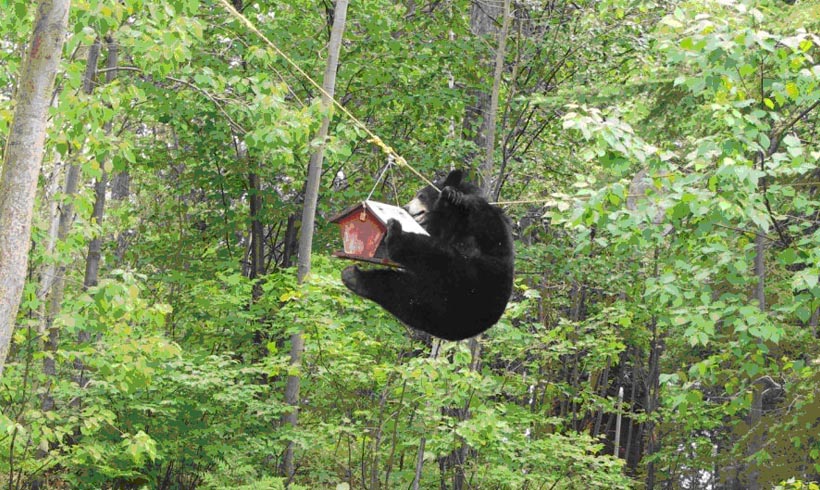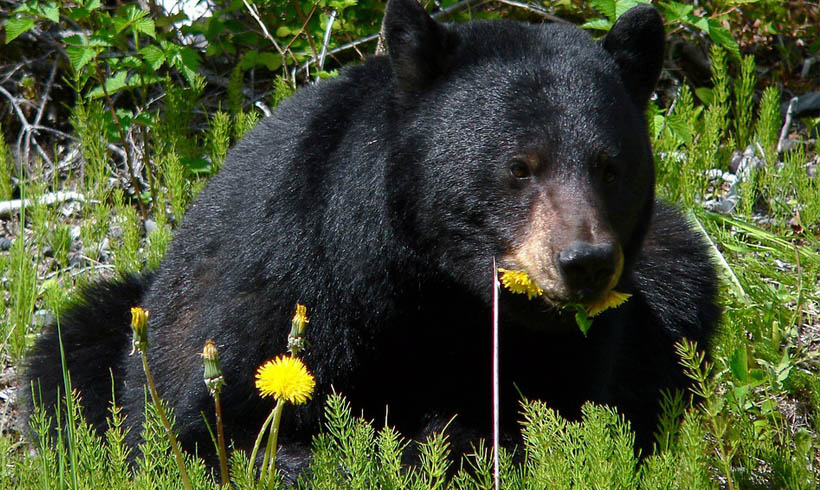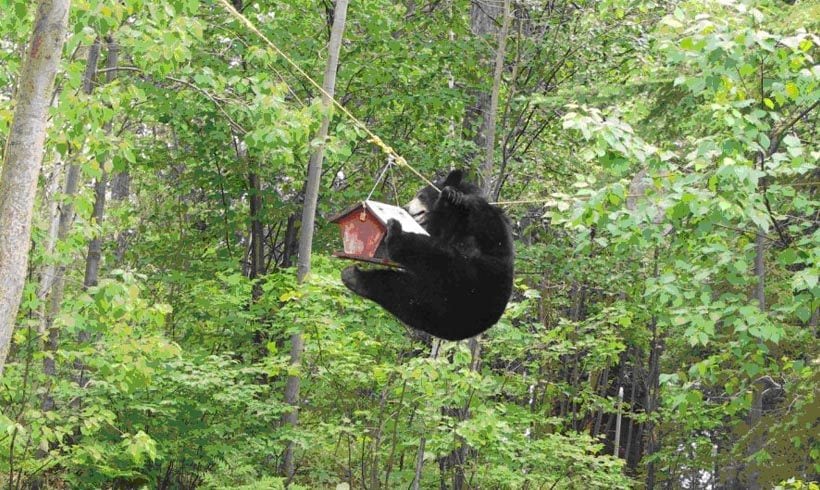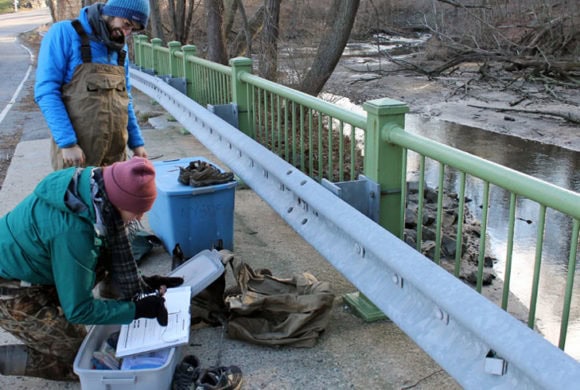Keep wildlife wild: Please don’t feed the bears
The New York State Department of Environmental Conservation recommends putting bird feeders away between April 1 and November 30 each year to avoid human-bear conflict.

As the icy air gives way to warmer temperatures, creatures of all shapes and sizes are waking up to greet spring with open arms – and grumbling stomachs. Black bears (Ursus americanus) are among the largest of hungry hibernators, emerging from their dens to seek food and restore the weight they’ve lost during a long winter of modified slumber. Males will have lost 15-30% of their body weight since bulking up in the fall, while lactating mothers will have lost up to 40%. They need to gain weight quickly to survive.
This is a critical time for bears and humans. Our coexistence depends on mutual respect; a fragile concept in a fragmented landscape where the natural overlap of wildlife habitat is replaced with fences, lawns, and other artificial boundaries. Bears are looking for calories, not property lines. If your backyard offers those calories in the form of bird feeders, trash, or other food scraps, a bear’s keen sense of smell will lead them to the source, causing a potentially dangerous headache for everyone involved. Bears have significantly better noses than bloodhounds and are able to track down a food source from miles away. Perhaps a bear smells you at this very moment!

Black bears consume up to 15,000 to 20,000 calories per day. The average bird feeder contains about 12,000 calories, making the aptly named “feeders” an attractive buffet for every meal but dessert. The New York State Department of Environmental Conservation therefore recommends putting them away between April 1 and November 30 each year to avoid conflict. You may be thinking, “But I don’t mind! I enjoy watching my local mother bear and cubs roll around my backyard and I’ve never had an issue.” While getting front row seats to a wildlife show may be tempting, it does a disservice to both the bears and your neighbors who suffer the consequences of your decision. Intentionally feeding bears is also illegal. Placing bird feeders higher off the ground may work in areas with lower bear densities, but the inevitable seed residue that litters the ground below is just as enticing to a motivated animal. Unsecured trash bins, leftover pet food, and greasy grills are also inviting sources of food.
Bears that associate food with humans may venture even closer to homes. This leaves them more vulnerable to vehicle collisions and more likely to become a neighborhood nuisance. Both have potentially lethal consequences for the otherwise shy animals. So how do you protect both bears and humans while still enjoying a vibrant and diverse community of birds in your backyard? Plant a native pollinator garden! Not only will you still see the birds you love, but you will be providing both food and habitat to countless species of birds and butterflies year-round.

About the Author
Nadya Hall
Nadya has her master’s in environmental policy with a focus on human-wildlife coexistence. She is passionate about the conservation of wildlife and wild places through science, advocacy, and environmental education.



